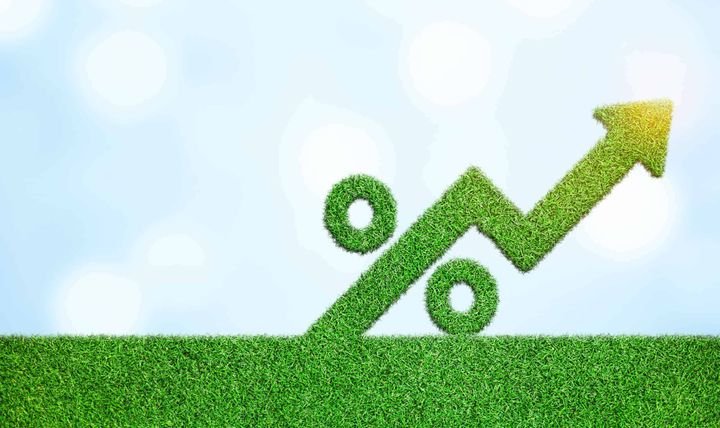Interest Rates are Steady, But Experts Ponder for How Long

swipesolutions.com
The Federal Reserve is toeing the line on its current policy associated with interest rates.
However, Cox Automotive Chief Economist Jonathan Smoke points out that what the Federal Open Market Committee (FOMC) does with interest rates could have pronounced impact on auto financing.
Last week, the FOMC voted unanimously to keep the target range for the federal funds rate at 0% to 0.25%. This is the range it has set the federal funds rate at since the pandemic began.
“With progress on vaccinations and strong policy support, indicators of economic activity and employment have continued to strengthen,” the Fed said in its latest statement. “The sectors most adversely affected by the pandemic have improved in recent months, but the summer’s rise in COVID-19 cases has slowed their recovery.
“Inflation is elevated, largely reflecting factors that are expected to be transitory. Supply and demand imbalances related to the pandemic and the reopening of the economy have contributed to sizable price increases in some sectors. Overall financial conditions remain accommodative, in part reflecting policy measures to support the economy and the flow of credit to U.S. households and businesses,” the statement continued.
It was expected that the FOMC would begin tapering asset purchases, reported Curt Long, chief economist and vice president at the National Association of Federally Insured Credit Union (NAFCU). The FOMC’s $15 billion per month pace of tapering met those expectations. The strategy puts the Federal Reserve on track to wind down the process by June 2022.
Fed Chair Jerome Powell has said the committee plans to complete tapering before raising rates, and markets are targeting June as the possible date for the next rate hike.
“However, the statement makes clear that the committee could alter the pace of tapering if economic conditions change,” Long said in a news release from NAFCU. “The prospect of a rate hike in mid-2022 is likely to be complicated by several factors:
“First, the FOMC committed to reach full employment prior to liftoff, and employment remains several million workers shy of pre-COVID levels. Second, although the recent spike in inflation has brought forward market expectations for the next rate increase, it is likely that supply chain disruptions will improve — if only marginally — over the first half of 2022, which could relieve price pressures,” Long continued.
He further stressed that the committee is “clearly divided on its view of the nature of these pressures. September’s statement called them ‘transitory,’ while the current statement said they are ‘expected to be transitory.’ If inflationary pressures persist beyond the next month or two, a June date for a rate increase is likely. However, NAFCU continues to believe that liftoff is more likely to occur later in 2022,” Long added.
Even though new- and used-vehicle supplies are, there certainly appears to be some lift in auto financing, as TransUnion mentioned in its latest quarterly data.
Smoke pointed out in a blog post distributed by Cox Automotive that bond yields moved higher to end the day after financial markets digested the latest information. Smoke reported yields are currently at10 basis points lower than the October peak, but that peak was lower than the highs reached in late March and early April.
“Consumer loans like auto loans and mortgages are more directly related to these longer-term yields rather than the Fed’s short-term rate policy,” Smoke said. “The 10-year yield is up 84 basis points year over year. However, consumer rates on auto loans have not moved up so far this year as yield spreads on auto loans have narrowed.
“As spreads have narrowed to be more in-line with spreads prior to the pandemic, most borrowers have seen lower rates even as bond yields have been higher year-over-year,” he continued in the blog post. “The auto market has enjoyed stable and favorable credit trends all year but moving forward we’re likely past the lowest of the lows and going forward the year-over-year comparisons will start to turn unfavorable.
Average auto loan rates moved lower in October but started trending upward in November. Smoke stated, “It is likely that consumers will continue to see relatively low rates and favorable terms at least until the Fed is driving rates higher. However, bond yields can move ahead of the Fed, so credit conditions could change more rapidly if indeed the path of the economy ends up differently than the Fed is currently expecting.”
In a commentary Comerica Bank chief economist Robert Dye offered a positive outlook, stating: “It feels like we are at a turning point in the economic history of the global coronavirus pandemic. The U.S. caseload for the Delta Variant dropped through mid-October. Consumer and business confidence has started to improve. The pace of hiring has picked up. We may have to endure more waves of contagion, yet the potential economic drag from future waves appears to be diminishing.”

